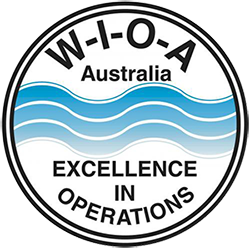The process typical of a commercial water treatment plant involves the following steps:
- Coagulation: Chemicals are added to water to make small particles stick together, forming larger clumps.
- Flocculation: Gentle mixing helps the clumps formed during coagulation to grow bigger, making them easier to remove.
- Sedimentation: The water is left still, allowing the larger clumps to settle at the bottom.
- Filtration: The clear water on top passes through filters to remove any remaining particles.
- Disinfection: Chemicals or UV light kill any lingering bacteria or viruses.
With UV light disinfection systems, the commercial water treatment process is as follows:
- Water flows into the system.
- The system uses a mechanical filter to capture large particles such as sand and silt from the water.
- A media filter, often filled with activated carbon, traps smaller contaminants like chlorine and odours.
- The water then passes through a UV chamber, where ultraviolet light kills bacteria and viruses.
- Disinfected water exits the system, ready for use.






